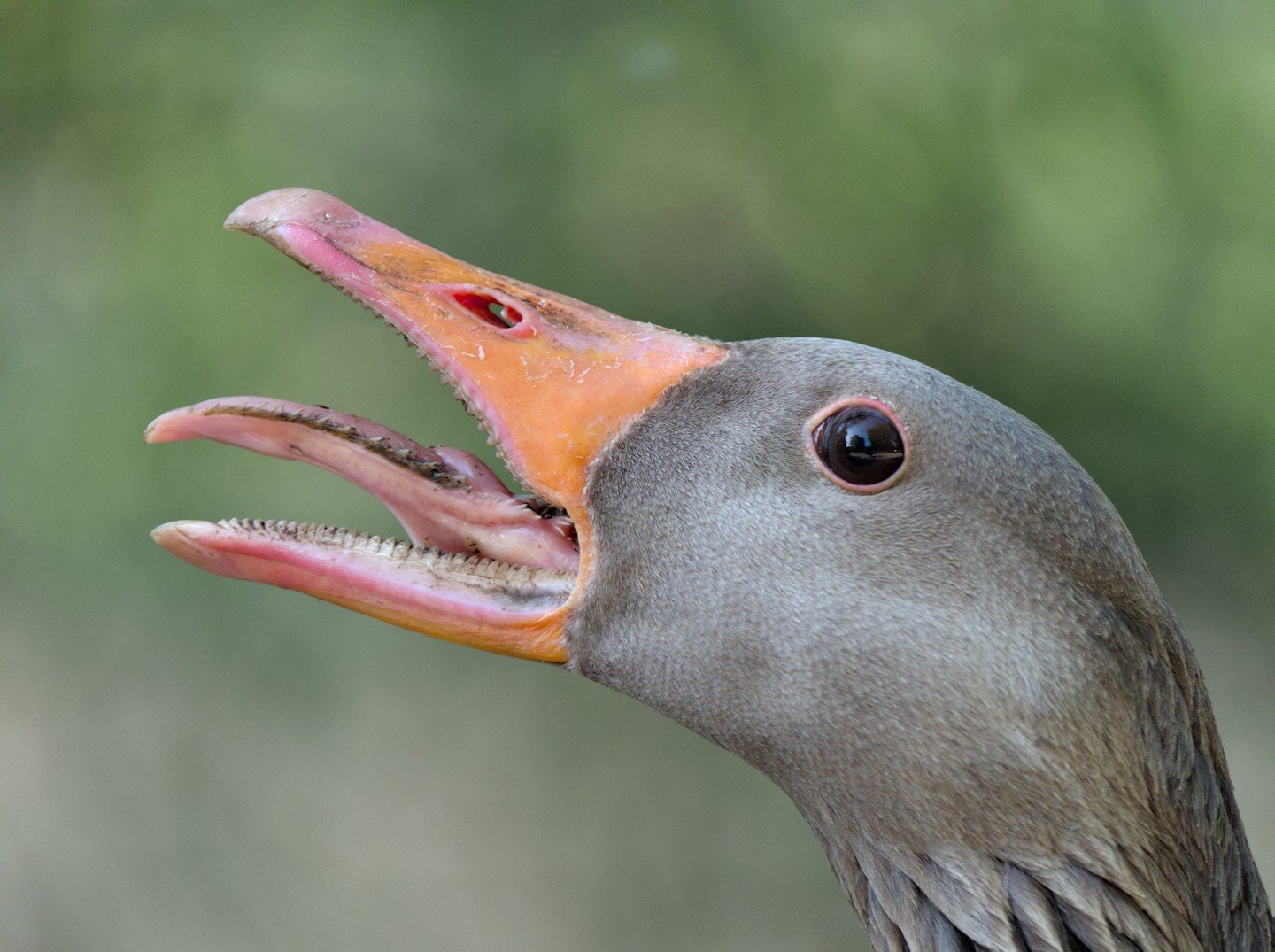Why YSK: I’ve been seeing an increasing number of phone photos shared online in 9:16, 9:21 or similarly tall aspect ratios, often with parts of the subject cut off. I’ve asked a few people why they cropped their images that way, and none of them knew they were cropped.
This is true, and good to know but with caveats. If you take the picture in 16:9 mode then yes you’re only using part of the sensor (or likely the whole sensor but only part of the image is being processed and stored), but you would also be using your phone’s display to properly frame and take the picture how you want to. A good picture is not just the technical aspect of using the sensor.
The outcome when someone crops a 4:3 image after taking it to make it 16:9 etc depends on how the orignal image was framed and how good the skills are of the person cropping it. You may get more information if you take the picture in 4:3 mode but then you may find it much harder to convert it to a format you like (for example, a format that would fill the display when viewed on a phone, a TV or a computer display) due to how you framed the original photo. I’d argue it’s better to take the photo in the format you want to consume it in if you’re using a phone. If you have an actual dedicated camera, then get a camera that works best in the format you want to use.
Sure, pre-cropping is a valid technique, best done intentionally.
get a camera that works best in the format you want to use
Dedicated cameras intended for photography (rather than videography) almost exclusively come in either 4:3 or 3:2. Video cameras occasionally use 16:9, or even weirder ratios.
I did some testing on my phone, Samsung S22, and it looks like 1:1 uses the most of the sensor. Any other aspect ratio was zooming in. This is particularly upsetting to me since I was using the “full” setting which cropped the most but I thought I was using the most of the sensor.
Interesting. I have a Samsung A3 and both 1:1 and ‘Full’ crop, 3:4 is the one that doesn’t. Luckily I think 3:4 is the default on the camera because I don’t remember changing it. The safest thing is probably to just look up your phones specs tbh.
Buttttt I like 16:9 better
Nobody is telling you what to like, just how your phone camera functions.
Now if we’re doing photo critique, I might tell you a 9:16 portriat orientation photo of your cat with half its ear cropped out on the side but a whole bunch of the floor included in the foreground looks poorly composed, but cropping to 16:9 in some other context might exclude some uninteresting clutter and improve the photo.
I get it and I’ve always known. I just prefer 16:9 photos because… Well, my screen and monitors, and TV are 16:9 so why not take photos that (by default) fill the screens?
Nothing more annoying than showing an album to friends over Chromecast on your TV and the photos don’t fill the screen.
If that’s your preference, then that’s what you should do.
I’m seeing an increasing diversity in screen aspect ratios lately though, so it might be worth considering whether that’s the aspect ratio you want to use for a photo you’ll care about longer than your current display devices. If you shoot it uncropped, you can always create cropped copies later.
WRT diversity, my current laptop is 16:9. My next one will probably be 3:2. My main external display is 16:10, and the secondary is 9:16. My phone is 19.5:9. Media rarely fills the screen for me.
One issue with shooting uncropped is that the composition will most likely take advantage of the aspect ratio you are using and not necessarily crop well. Composing the shot in the aspect ratio that you intend to display it is actually a better technique unless you are very skilled and able to imagine how you’re going to crop it in the future.
I’m lucky that my phone (Realme x3) defaults to the 16:9 but has a 64mp option that switches to 4:3 with one tap. Best of both worlds.
Why is it better than just using 4:3 at all times?
Also, the digital zoom just crops as well, so take the shot and then crop it, rather than try to aim a tight zoom.
When “zooming” in the view finder the phone can adjust exposure and processing to what’s just in the frame, so it’s not quite the same as cropping in after the shot. So you might end up with a better shot with zooming first. Resolution wise it’s the same though.
Eh, this one’s not as accurate anymore, most phones have digital enhancement that improves the photo when you zoom in. This digital enhancement is not done if your subject is really small in the photo. For stuff thats actually far away zooming is better, if you’re just framing a shot then yeah crop it later.
Also true, though phones with multiple cameras often combine the UI for that cropping with switching cameras rather than having an explicit control to select a camera.
That depends on the phone. I remember some old Samsung flagships using a native 16:9 sensors. That was over at least half a decade ago though. Another device with such a setup I remember would be the Nokia 8 Sirocco.
And, the now extinct Windows phones had atypical arrangement where neither aspect ratios would result in the full usage of the sensor, though 4:3 got closer. The Sony Xperia 1 V has multi-aspect ratios too, afaik, where you’d gain some horizontal FOV at the expense of the same vertically when switching from 4.3:3 to 16:9 or longer.
For the vast majority of the phones and their users out there though, I agree with you. I’ve seen way too many people go with 18-21:9 pictures, probably thinking they’re capturing more of the scene as they see that aspect ratio fill up their screen.
Nice, my google pixel’s default uses the most of the sensor.
@[email protected] do you have a source for this?
You can check it yourself, just set ratio to 3:4, aim camera so some object will be in corner, and then change to 9:16/full, or whatever that’s bigger. You will see that the object won’t be visible. And sorry if I made a language mistake.
I’m finding it surprisingly hard to come up with a simple, concise citation for it. Looking up reviews of individual phones will let you find the exact dimensions of images they capture in various modes, but an exhaustive search would be tedious.
Looking at the product table for Samsung image sensors lists their resolutions, some of which, such as 4000x3000 are obviously 4:3 without picking up the calculator.
Great ! Thanks a lot. :-)
Here is one for iPhones :
https://www.dpreview.com/articles/6780391159/all-apple-iphone-13-and-13-pro-camera-upgrades-explained
This. I always make sure to check the maximum aspect ratio of cameras I use. No point in wasting pixels and field of view.






